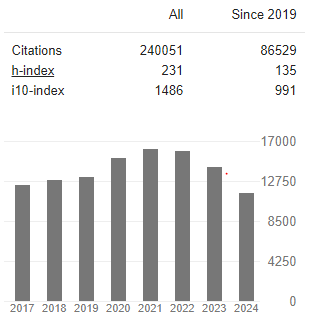Intraoperative Radiotherapy promoting early Breast Cancer Detection: An observational Review
Abstract
Maha Abdel Hadi, Lina Abu Arida, Amal Khalifa and Hiyam Al Haddad
Aim: The lack of structured breast cancer awareness programs (BCAP) in developing countries coupled by the scarcity of radiation oncology centers limit the available surgical options. The aim of this study is to Probe the use Intraoperative radiotherapy (IORT) treatment as a stem to initiate positive impact on early disease detection and propagate breast conserving surgery (BCS).
Materials and Methods: This observational review was undertaken at King Fahd hospital of the university, AL Khobar, Eastern province of Saudi Arabia between 2012- 2016. All patients diagnosed with breast cancer were reviewed. Strict recruitment criteria were adopted for patients to receive IORT. Selected candidates where only those who were eligible and consented to undergo BCS and IORT. Special emphasis was placed on demographic data, tumor size at the initial presentation, post Neo-adjuvant chemotherapy response, post–pathology cavity size and applicator size used.
Results: The total number of patients diagnosed with breast cancer were 330 out of which 69 (20%) patient were eligible for IORT. Age ranged from31-75years with the Median age 50 years. Applicator sizes used ranged from 2.0-5.0. Tumor size ranged between 0.6-4.0 centimeters. 1 (1%) was post pathology case with excision performed two weeks prior to presentation. 0-1 in 8(11%), 1.1-2 in 22(31%), 2.1-3 in 24(34%), and 3.1- 4.0 in 15 (21%) patients. 7(10%) patients received Neo-adjuvant chemotherapy with positive response and were included. The applicator sizes available ranged between 1.5-5.0 centimeters. Applicator sizes were size 2.0 in 2 (3%), size 2.5 in 10 (14%), size 3.0 in 18(26%), size 3.5 in 16 (23%), size 4.0 in 10 (14%), size 4.5 in 6 cases (9%) and size 5.0 in 7 cases (10%). Smaller applicator sizes 2.0-3.5 centimeter in diameter were used in 46 (66%) of cases suggesting that smaller lesions are currently been diagnosed.
Conclusion: The introduction of Intraoperative radiotherapy (IORT) intended as boost therapy is a break through treatment of early breast cancer. While developing countries remain disadvantaged by the lack of adequate radiotherapy centers to cover its population needs, IORT can offer an alternative solution for a selected subset of women with early breast cancer as an exclusive or boost therapy. Its positive impact on the early detection is well illustrated in this observational study. In addition, its use supported the promotion of BCS in early breast cancer thus, it braced a positive impact on early detection strategies.



